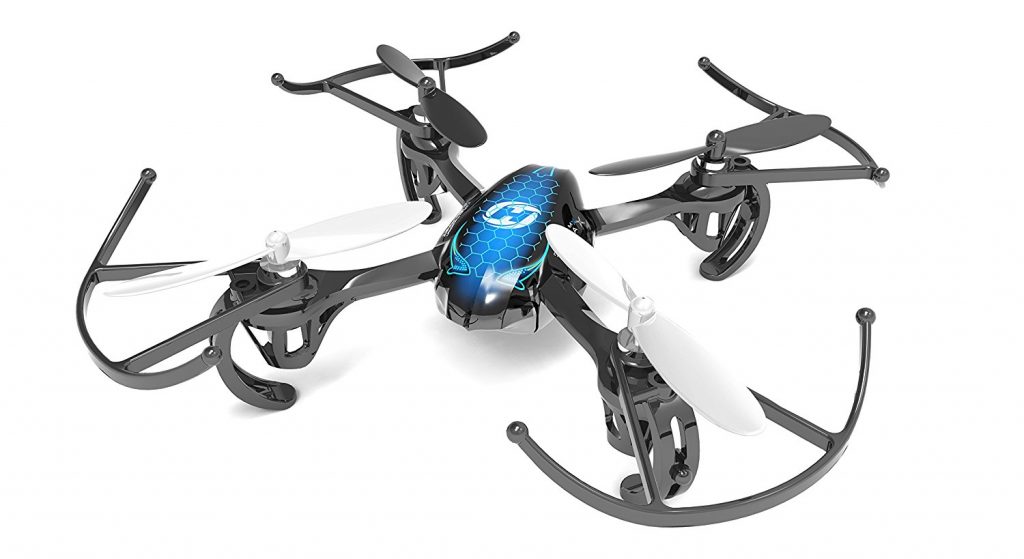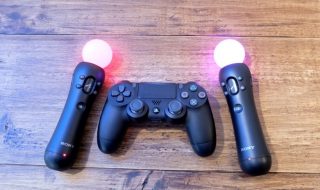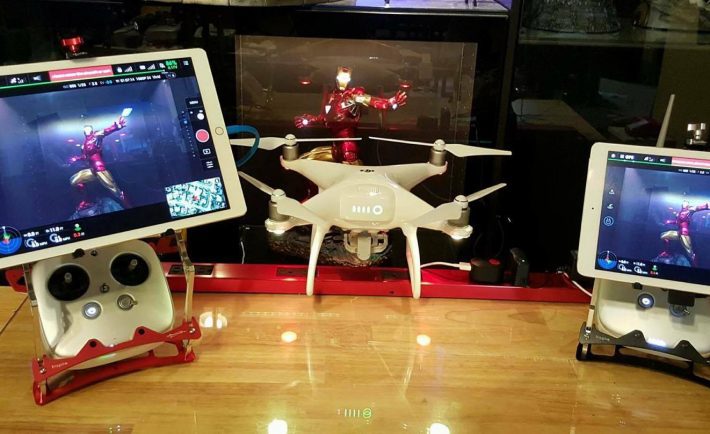
What can be done during a heavy rainstorm and is tons of fun? Try flying a drone indoors versus reserving the hobby for the outdoors alone. You may be thinking that it’s not practical, but with the right drone and skills, you can fly in your home or apartment. Here’s what newbies and veterans need to know about flying indoors.
What Drone Should I Pick?
Good question – obviously, when considering flying inside, size matters. Therefore, it’s best to choose a small sized drone, those that can fit in the palm of your hand. You may be thinking that a drone of that size is not practical for taking video/photos or making a side income. You’re right; a small drone is great for flying on rainy or snowy days as well as sharpening your navigational skills.
Buy Two Spare Parts
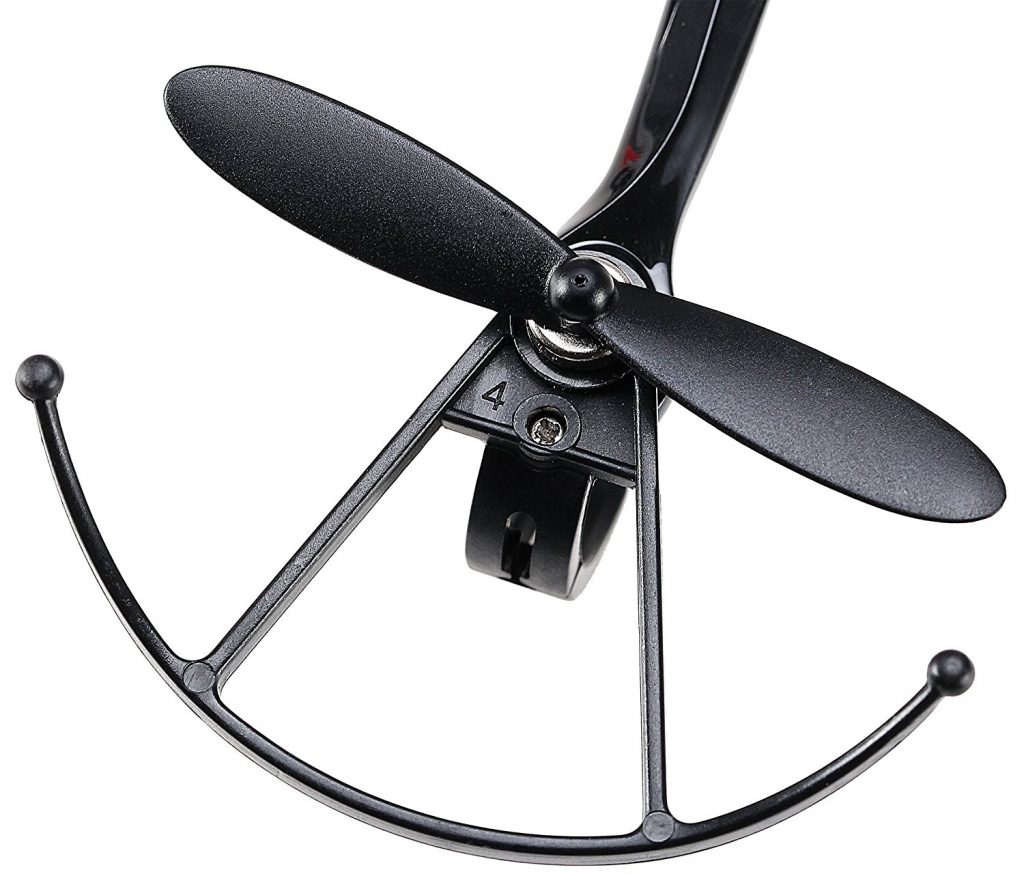
I always grab cheap Blades and Propeller spare parts on amazon.
If you’re unfortunate enough to experience an accident within the first few days or weeks of flying indoors, those that warrant you fetching spare parts, it’s best to buy two spares rather than one. It’s safe to assume you may commit the same foul more than once, which necessitates yet another trip to the hobby shop or online supplier’s website. Save time, and if the supplier offers deals, possible money too.
Do I Need to Make Any Special Modifications?
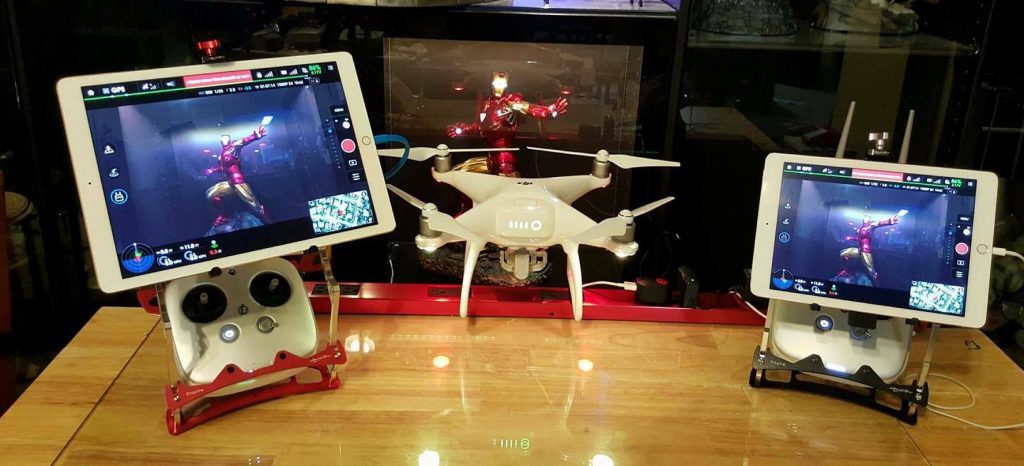
Phantom 4 Mods – Great Tips, Tricks & Upgrades!
The potential for modifications is always wide open. Generally, you want to consider damage as well as battery life when flying indoors. Obviously, you don’t want to damage your drone or anything within your home or apartment, including walls. Propellor guards shield your drone from harm and protect home elements. Moreover, some hobbyists are advocates of ‘lipo’ batteries, those that promise higher power and longer flight time.
Keep the Dog and Cat Out of It
You might be thinking that a drone is a great way to get Fido and Whiskers to play too. While a flying drone is sure to pique a pet’s interest, it’s not suggested to include them in the fun. It’s not so much due to the posed risk of injuring your pet. It’s more likely that your pet may attack your drone while it’s not in flight and resting idle. It’s the reason why pet trainers warn owners not to use fingers and toes as play toys because that’s how pets will always see them.
Avoid the Ceiling and Floor
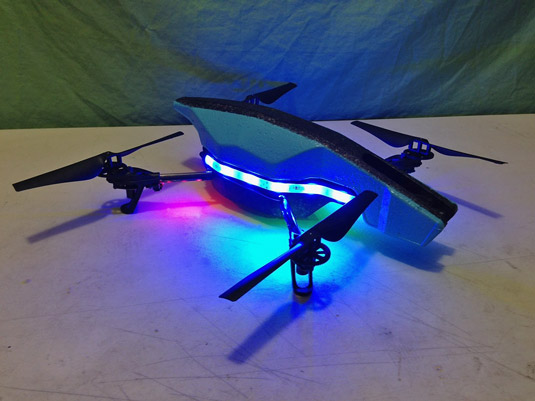
TIPS FOR FLYING YOUR DRONE INDOORS
You’re thinking, “Of course, I can’t fly into the ceiling or floor!” But, aside from direct contact, getting near the ceiling or floor can make your drone react quirky and lose control. The flux in air pressure will suck the drone into the ceiling if too close. Conversely, the air pressure will generate power up into the blades and make them react unreliably if too close to the ground.
Practice Landing
When you’re outdoors, you have the entire ground to land on but indoors it can get a bit tricky due to the limitation of space, perfect conditions to learn how to throttle, control speed, and land with grace. Such practice helps fliers graduate to larger drones and increase picture and video capabilities. Make a game out of attempting to land on objects of different dimensions. Of course, some models are naturally better at navigating in small spaces; read the drone enthusiast for sale guide.
Peter Lynch works in a gadgets store and takes pride in being able to help customers with purchasing decisions. He also shares his knowledge online through his articles.

